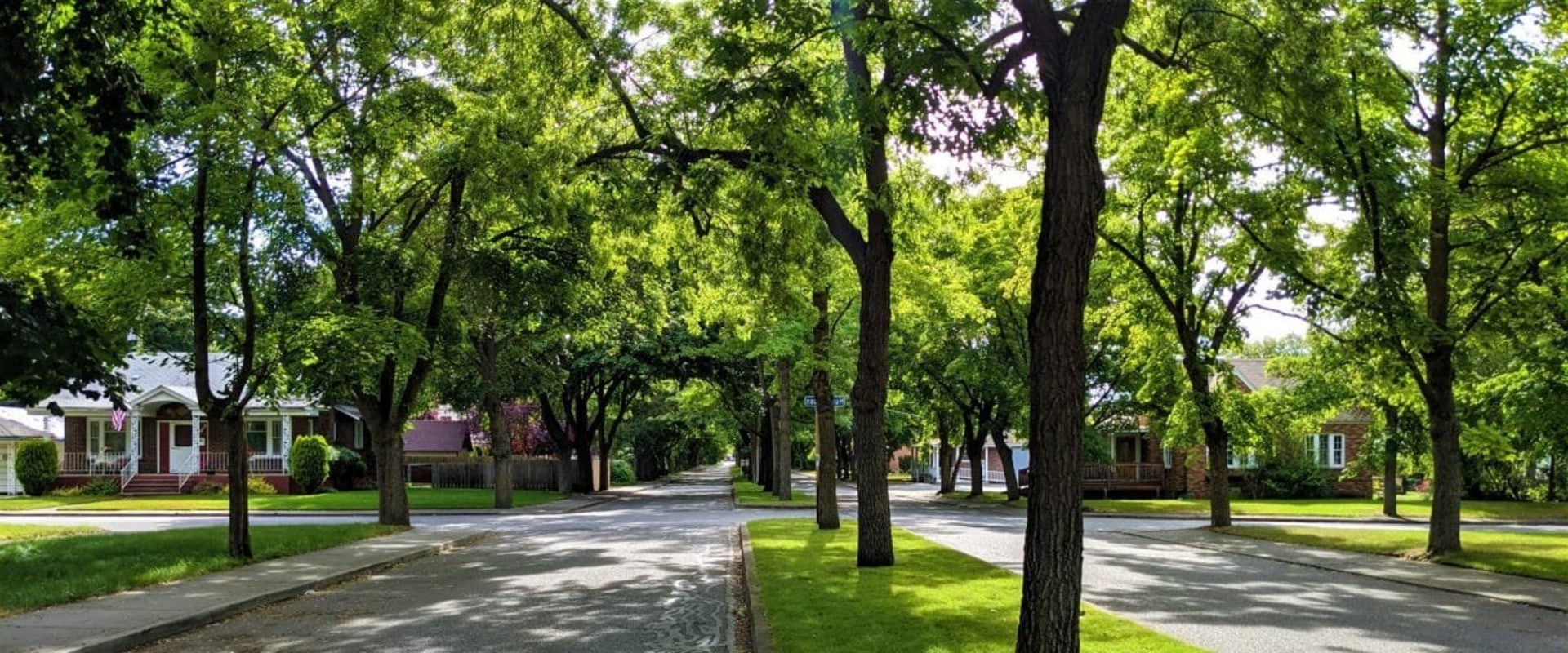Urban Tree Canopy is the leafy, green top cover. From trees to community groups, residents and locals. The urban tree canopy (UTC) refers to the layer of leaves, branches and stems of trees that provide tree cover of the ground when viewed from above. Today, many communities are planting trees in an effort to be more sustainable and livable.
Improving a city's urban treetop can have numerous benefits, such as reducing peak summer temperatures and air pollution, improving property values, providing habitat for wildlife, providing aesthetic benefits, and improving social ties between neighbors. A sturdy tree crown can also attract businesses and residents. Scientists now have the ability to rate and quantify the benefits of urban treetops, using the urban treetop assessment (UTC) toolkit. An increase in the crown of urban trees brings with it an associated increase in the benefits of the trees listed above.
The two biggest gaps I see are the lack of understanding of irrigation and the lack of trees planted on private properties. A UTC change analysis is a particularly powerful tool that can help communities assess progress toward treetop goals. Trees can reduce environmental impact while calming traffic, encouraging walking, decreasing aggressive driving, and extending pavement life. tool helps users identify vulnerable populations that lack equal opportunities to experience urban green spaces.
The Forest Service's Urban Tree Canopy (UTC) assessment helps decision makers understand their urban forest resources, in particular the amount of tree canopy that currently exists and how much could exist. The amount of treetop coverage is often a reflection of a variety of factors, including intentional planning and investment. Urban treetop assessments can be repeated at regular intervals to examine how the treetop is changing in a city. And you can find what you're looking for in one of the map collections, such as i-Tree's extensive library of city reports or MIT's TreePedia series that uses a unique metric called the GreenView Index.
The common perception that urban vegetation is associated with increased crime may be true, but well-maintained treetops can also reduce crime. But setting a goal is important; tree cover in urban areas in the United States is declining at a rate of about 4 million trees a year. Background to UTC Assessment The urban treetop assessment approach and protocols were invented by the U. The New York City Urban Field Station has developed a set of UTC prioritization tools that uses a variety of urban ecological and social information to guide urban ecological and social information efforts to guide the efforts of tree planting.
Urban forests reduce a variety of health problems, such as respiratory diseases and skin cancer, and promote an active lifestyle, which can reduce obesity. With more trees removed from urban areas than from National Forests, reusing urban timber in legacy cities can boost new industrial economies that create jobs, improve ecosystems and reduce environmental impact.
